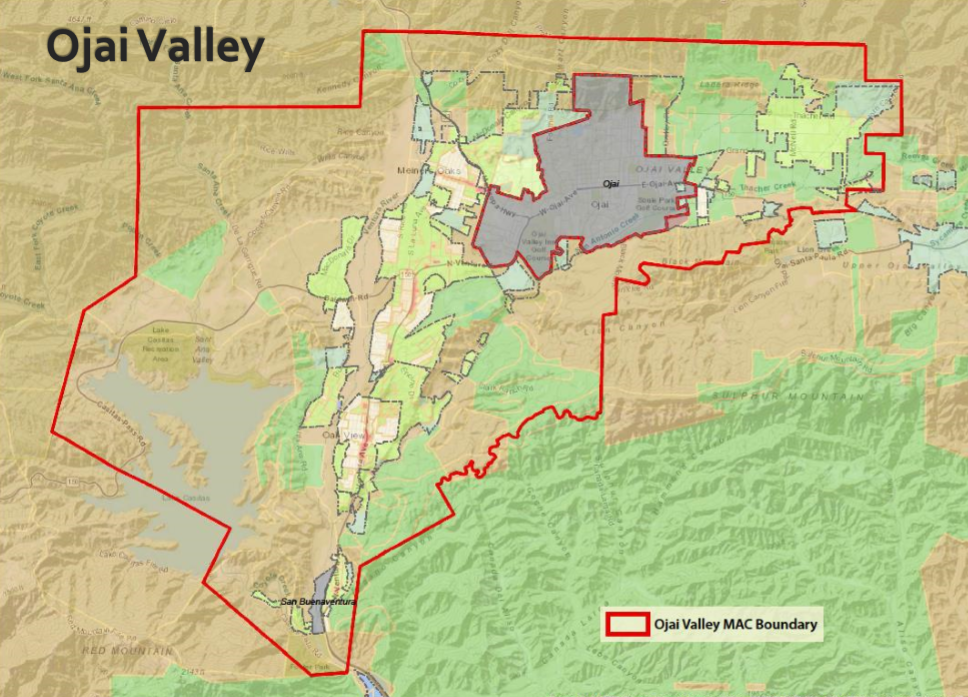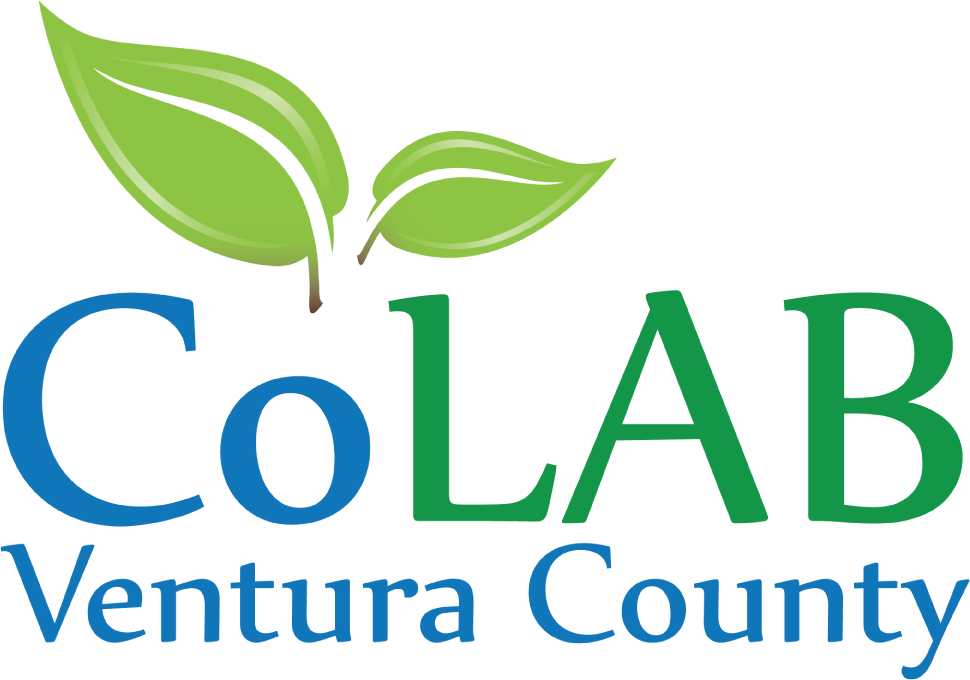New Dark Sky Ordinance targets Lighting as Pollution

The County Planning Division is preparing a draft ordinance that targets outdoor lighting as “pollution” in the unincorporated areas around the City of Ojai. New rules for light fixtures, automatic control systems, lighting colors, luminosity, light trespass and curfews will have economic and security impacts to residents, businesses, schools and agriculture.
CoLAB expects that this regulatory scheme is only the beginning in perpetuating a myth that existing levels of night lighting are excessive in neighborhoods across the unincorporated county. In reality, most of the night light generated in these areas come from street lighting that is critical to public safety and security and is exempt from the new rules in the ordinance.
If you do nothing else when reading this article, we encourage you to visit the world light pollution map and see for yourself how light is distributed throughout the world. While this light is being labelled “pollution” by the International Dark Sky Association (IDA), humans have recognized the importance of night lighting for security and enjoyment for centuries. And the map shows that a large percentage of the earth’s continents and all of the world oceans are essentially dark.
Clearly, major cities around the globe are responsible for a majority of the light emitted into the earth’s atmosphere. In the whole western half of the United States there is very little light “pollution” except for a few major cities and the California coastal metropolitan areas stretching from San Diego to San Francisco. The City of Ojai and its unincorporated area are a mere background blip shown in this world light pollution map.
The proponents of “dark skies” would like you to believe that rural outdoor lighting has such a significant impact on the environment that it justifies a county ordinance that will require government code enforcement officers to prowl around unincorporated areas at night checking light bulbs. While we appreciate the desire for some to have a better view of the night sky, we have a genuine concern for the costs of such regulations and the ability for people to choose how to protect and enjoy their lives and property.

This draft Ojai Valley Dark Sky Ordinance will cover the Ojai Municipal Advisory Council (MAC) jurisdiction, one of the darkest rural areas of the county. Driving and walking here at night is already hazardous. The majority of the reflected light at night comes from streetlights in the developed communities, along highways and some roads, and headlights on Highway 33. As we said, street lights are exempted from this ordinance. The County Planning Division presented a slide show outlining the draft regulations to the Ojai MAC on April 23, 2018.
Instead of street lights, the new draft regulations will target the lighting of porches, fencing, recreation (i.e. tennis courts and riding arenas), businesses and schools (no exemption for common areas) and landscaping. Forget about lighting the trees, bushes and walls in your yard – that would be prohibited. And, outdoor recreational lighting (pools, arenas, courts etc.) would require a design prepared by a qualified engineer or architect. Oh and don’t plan on hanging out at your pool after 10:00 PM as that would be during the curfew period from 10 PM to 6 AM.
There is also a draft requirement for lights to be on motion sensors after curfew. We question the hypothesis that lights on motion sensors have less of an environmental impact on animals than static lighting. Common sense would say that the element of surprise would be more harmful to animals traveling at night.
There are some exemptions such as lighting for “agricultural uses requiring temporary outdoor nighttime lighting”, “lighting for religious statues, crosses, flags, etc.”, and “security, parking and necessary walkways” after curfew, but these could have significant interpretation issues with a regulating agency.

Of particular concern is the section requiring existing outdoor lighting to comply with the new ordinance rules within 6 months. Compliance would generally necessitate the replacement of fixtures, bulbs and re-wiring, all of which are an expensive investment in a county where housing affordability and homelessness is already a crisis.
In support of such ordinances, the IDA website claims that “Artificial light not only prevents city dwellers from seeing the stars, it also harms the environment and human health”. A further claim is that “light pollution can make you less safe” and that “there is no clear scientific evidence that increased outdoor lighting deters crime.” Most of these claims defy common sense.
The most nonsensical claim is that increased outdoor lighting doesn’t deter crime. To support this claim, the IDA cites a study that proposes to measure the effect of reduced street lighting on road casualties and crime in England and Wales. The highly touted study concluded that there was little evidence that there were harmful effects of a reduction in street lighting. But the study, even if the methods and conclusions were supportable, would be irrelevant to the new ordinance as it exempts street lighting from the new rules.
VC CoLAB read the study and found that the available crime statistics, to preserve victim anonymity, only included approximate geographical coordinates of criminal offences and did not even detail the time of day of the offenses. So, there was no way to determine which road segment the crimes took place on and whether the crimes were even at night when street lights were on.
Astonishingly, the study used these crime statistics by making the following assumption: “We analyzed offences that would most likely occur during the evening or at night: burglary, theft of (or from) a vehicle, robbery, criminal damage, and violence, including sexual assault.” So they assumed that these types of crimes would be perpetrated at night! Why? Because it’s dark and these crimes would be committed in the cover of darkness. The study’s assumption confirms the obvious – that outdoor night lighting deters criminal activity with the greater risk of being caught.
Our major concern is that these restrictions will be adopted in the Ojai Valley, supported by poor science and a runaway ambition to control the activities of people on their own property. This will set an unreasonable standard for dark sky overlay zones across the sparsely populated unincorporated county while accomplishing little. In fact, we have heard that the County is looking at the Santa Monica Mountains and the Oxnard Plain for the next overlay zone.
County Planning is writing the draft ordinance for consideration and has indicated that they will return to the Ojai MAC before the Planning Commission hearing scheduled for July 26th. We will update our members in our Weekly Roundup emails on these rules that aim to keep our rural communities “literally” in the dark. Only your presence at these meetings can inject reason into potential dark sky rules that will be coming to your community soon.

